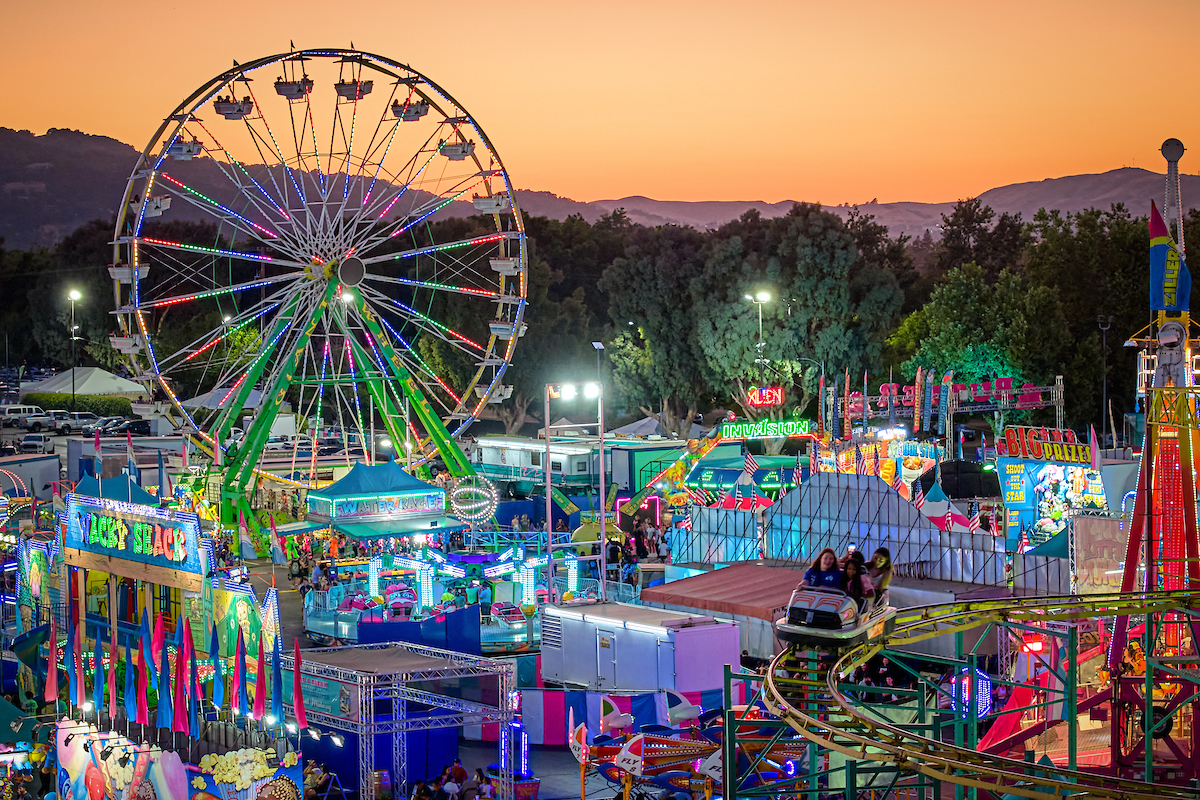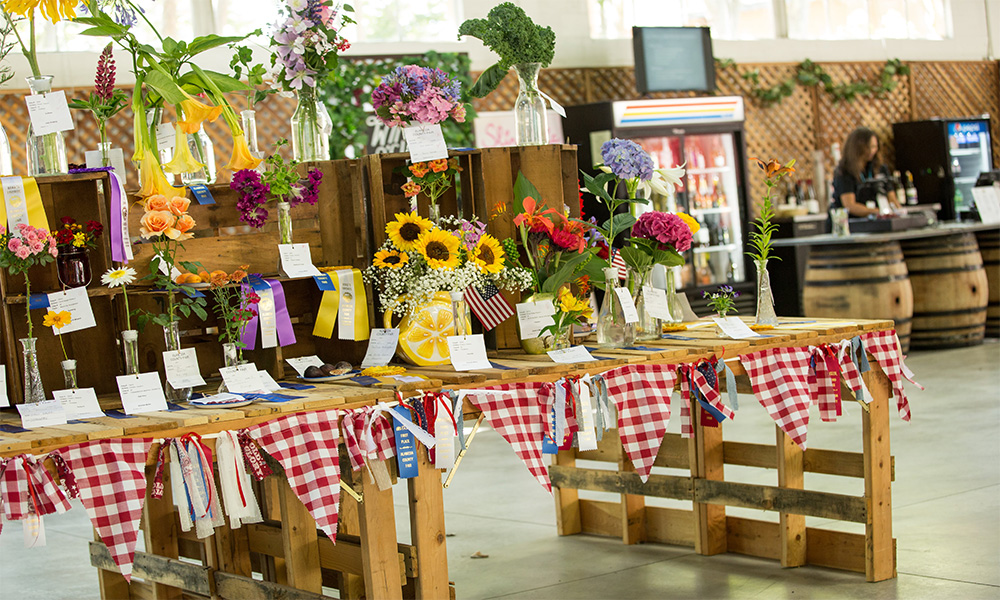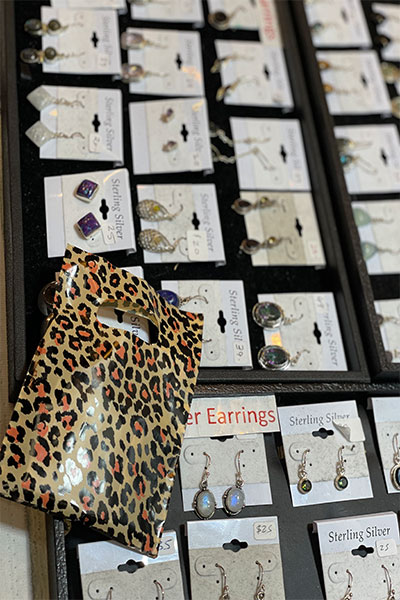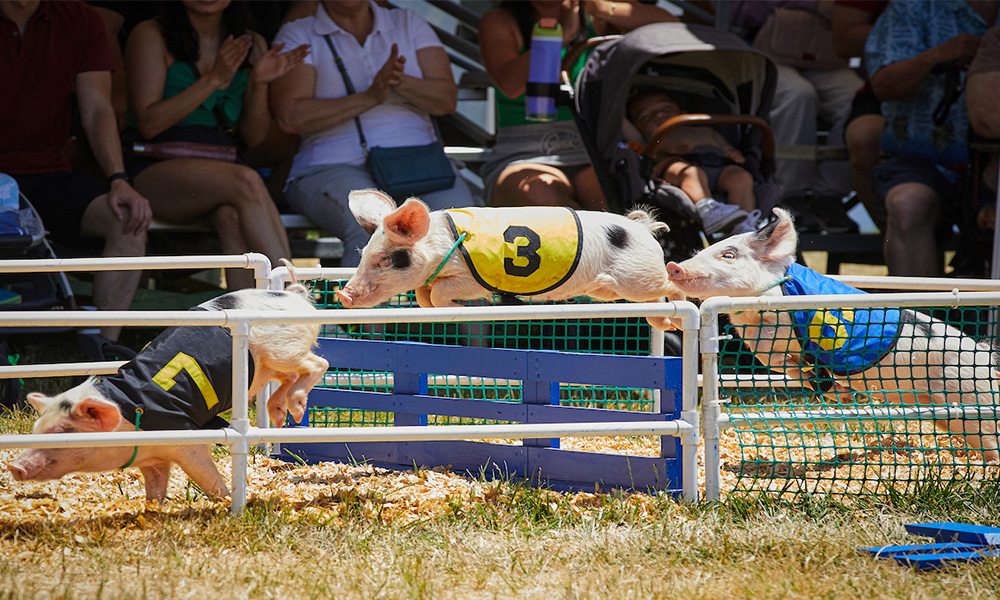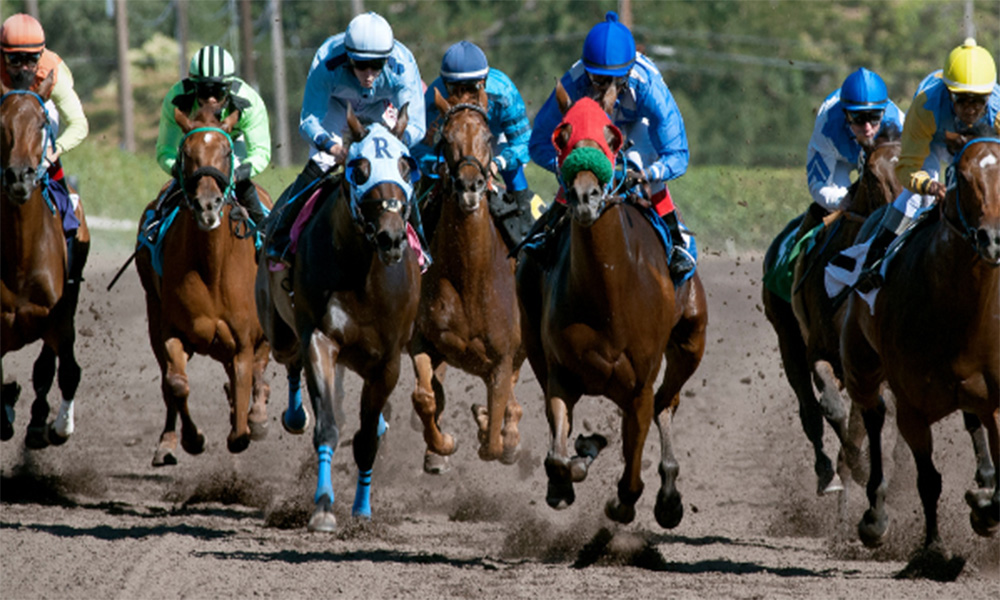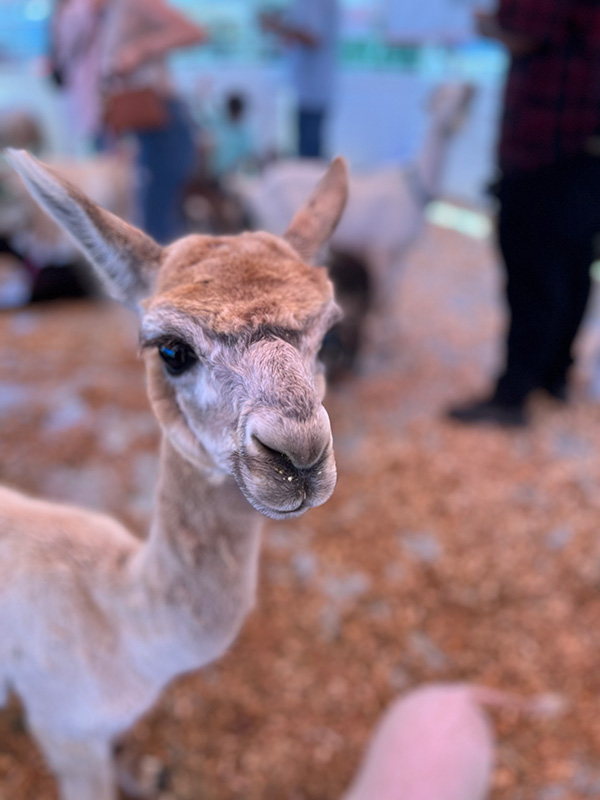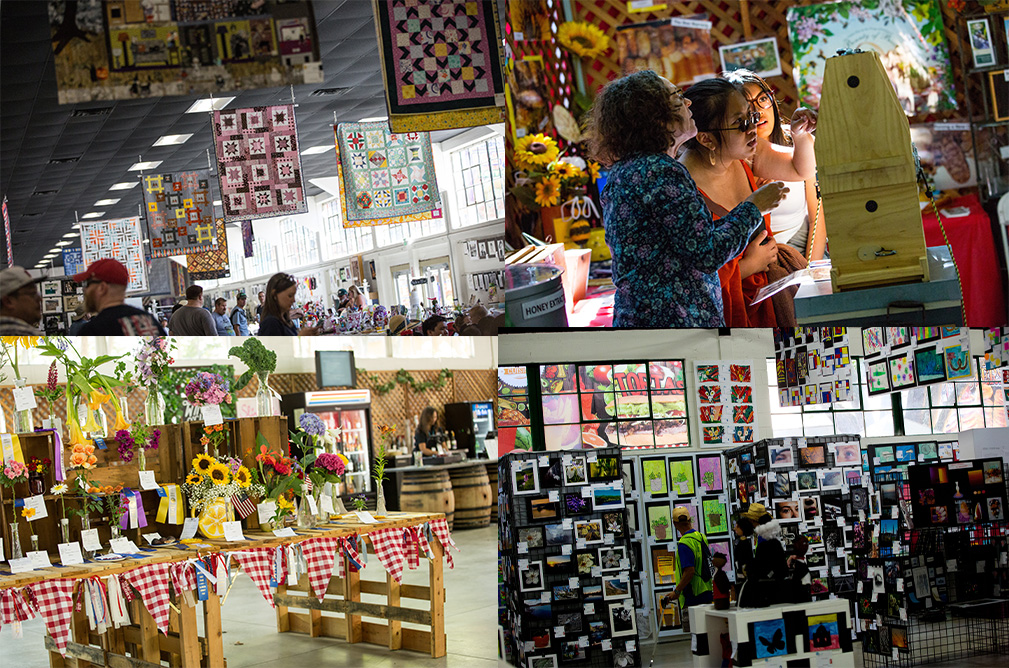This year, the Alameda County Fair introduced the Foodie’s Choice Awards–a fun food competition voted on by YOU, the foodies! From June 14-June 30, foodies voted for their winners in the categories of “Crazy New Item” and “Red, White, & Blue” by scanning a QR on the food booth and taking a brief survey.
With so many outstanding contenders like bacon wrapped pizza on a stick, teriyaki super fries, and a red, white, and blue cake slice, it was hard to know which tantalizing item would end up on top.
Well, the foodies have spoken and the results are in! Here are the Top Winners of the Foodie’s Choice Awards!

Crazy New Food
Crazy New Food | Teriyaki Super Fries | Pineapple Grill (Booth #59)
Crazy New Drink | Happy Farmer | Dean’s Lemonade (Booth #52)
Crazy New Dessert | Sandia Pop | Fruit Stand | Green Zone (Booth #77)

Red, White & Blue
RWB Food | Freedom Cheese Dog | Hand Dipped Corn Dogs (Booth #23)
RWB Drink | Celebration Drink | Boba King (Booth #71)
RWB Dessert | Star Spangled Banana Split | Mrs. J’s (Booth #11)
Honorable Mentions
Lobster Shack (Booth #45)
Bot Bar (Booth #9)
Fabes (Booth #80)
We are so thankful to our participating food vendors and everyone who voted for their favorites. Now through the end of Fair on July 7, come back and try the winning dishes!
Please congratulate our winners, and check out our incredible participating food vendors below.
Popcorn! – IG: @briansconcessions, Red, White And Blue Cotton Candy | Booth 1 Yellow Zone
Baked Potato – IG: @briansconcessions, Fried Potato On A Stick | Booth 16 Yellow Zone
Monster Grill – IG: @westcoastweenies, Fried Pickles and Jalapeños, Rocket Dog| Booth 35 Blue Zone
Papa Gino’s – IG: @westcoastweenies, Bacon Wrapped Pizza On A Stick | Booth 79 Green Zone
Sweets by J – IG: @sweetsbyjandmore, Fried Smore’s | Sweets by J | Blue Zone
Pepe Mariscos – IG: @pepesatthefair, Garlic Shrimp Fries | Booth 25 Yellow Zone
Sweet Cheeks – Hot Cheeto Deep Fried Cookie Dough | Sweet Cheeks | Green Zone
Fruit Stand – IG: @pepesatthefair | Sandia Pop | Booth 77 Green Zone
Boba King – IG: @rocksconcessions | Spam Fries, Celebration Drink | Booth 71 Green Zone
Westcoast Weenies – IG: @westcoastweenies | The Flamin Corndog | Booth 75 Green Zone
For the Fair Food Finder map, click here.


